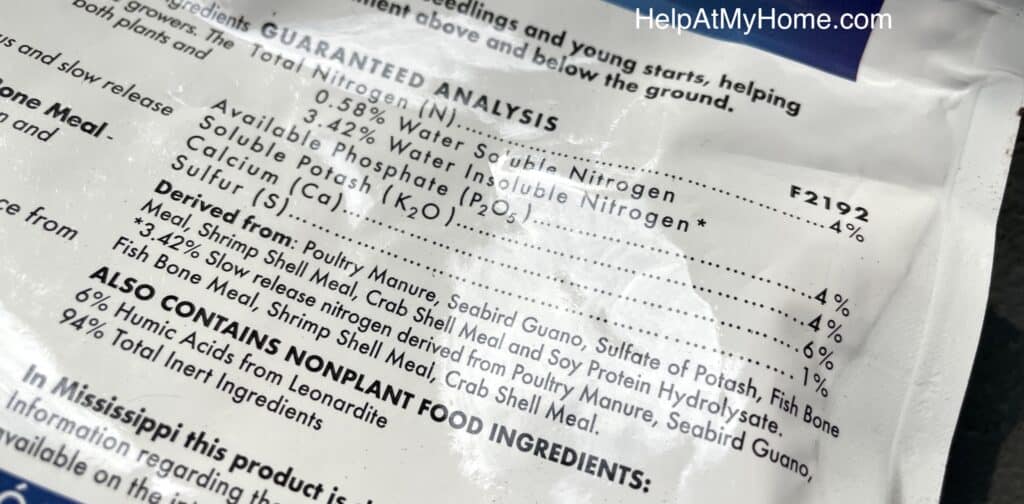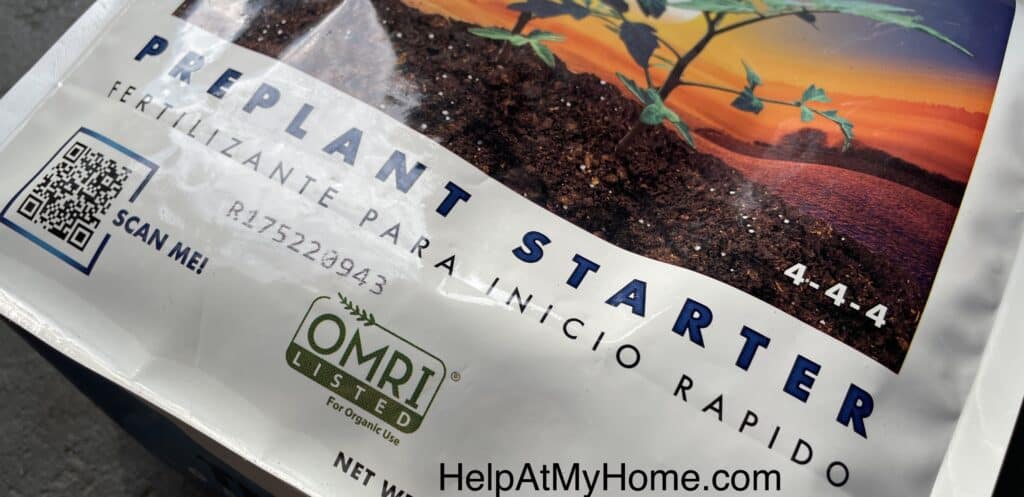Choosing between 4-4-4 and 10-10-10 fertilizer, but can’t seem to figure out the difference? That’s because the answer is both simple and rather confusing.
The “4-4-4” description of fertilizer is an important distinction, perhaps the most important part of the decision when making your purchase decision. The 4-4-4 means that the mixture has 4 parts of the key ingredients your plants need:
- 4 parts nitrogen (N)
- 4 parts phosphorus (P)
- 4 parts potassium (K)
… which is why this is typically called “NPK” fertilizer.
The “4 parts” means that our of ever 100% of the fertilizer mix, 4% is N, P, or K.
This sort of “balanced” fertilizer is quite popular because it adds each of the three primary nutrients in equal quantities, which is a common requirement for many plants. Of course some plants will need more nitrogen or phosphorus than other plants (which is why unbalanced fertilizers exist), but 4-4-4 is a good general foundation for most plants and gardens.

4-4-4 vs. 10-10-10
So, based upon the information above, 4-4-4 NPK fertilizer is essentially the same thing as 10-10-10, you just have 10 parts per hundred of our main nutrients instead of 4. Why does each exist when they serve the same purpose?
The answer is as simple as you’d expect: 10-10-10 fertilizer is a more concentrated mixture, so you need much less of it to add the same amount of nutrients as 4-4-4.
10-10-10 has 2.5 times more of the NPK ingredients in it, so you can use a lot less to add the same amount of NPK. The is handy for two reasons:
First, if you are fertilizing a lot of plants (as a farmer would), you don’t need to move around or ship as much fertilizer. It’s a simple logistics game, which is even more true when you are talking about a plant with serious nutritional needs, like potatoes.
Second, if you have 4-4-4 fertilizer, then you have 12% of the mixture accounted, but, but what about the other 88%? Is that all stuff you need — or even want — in your garden? You might get adding unnecessary sulfur, or something like that when you add your 4-4-4. This isn’t likely, but it could make a difference to the serious gardener.
What Else Is In 4-4-4 Fertilizer?
Assuming they are made in the same way, 4-4-4 fertilizer, has more “other stuff” than 10-10-10, right? So what is that other stuff? We looks at a high quality, organic, OMRI-list fertilizer that we’ve been using, and here’s what you get:
- Calcium (6%)
- Sulfur (1%)
- Humic acids (6% of the non-primary ingredients, or 4.9% of total)
- Inert ingredients (94% of the non-primary ingredients, or 76% of total)
So 10-10-10 NPK mixes exist for convenience, efficiency, and less “other stuff” in your garden. Just be careful using it, because if you go too heavy with 10-10-10 you can over fertilize the soil and burn your crop!

